Red Water Lily Leaves: Reasons A Water Lily Has Red Leaves
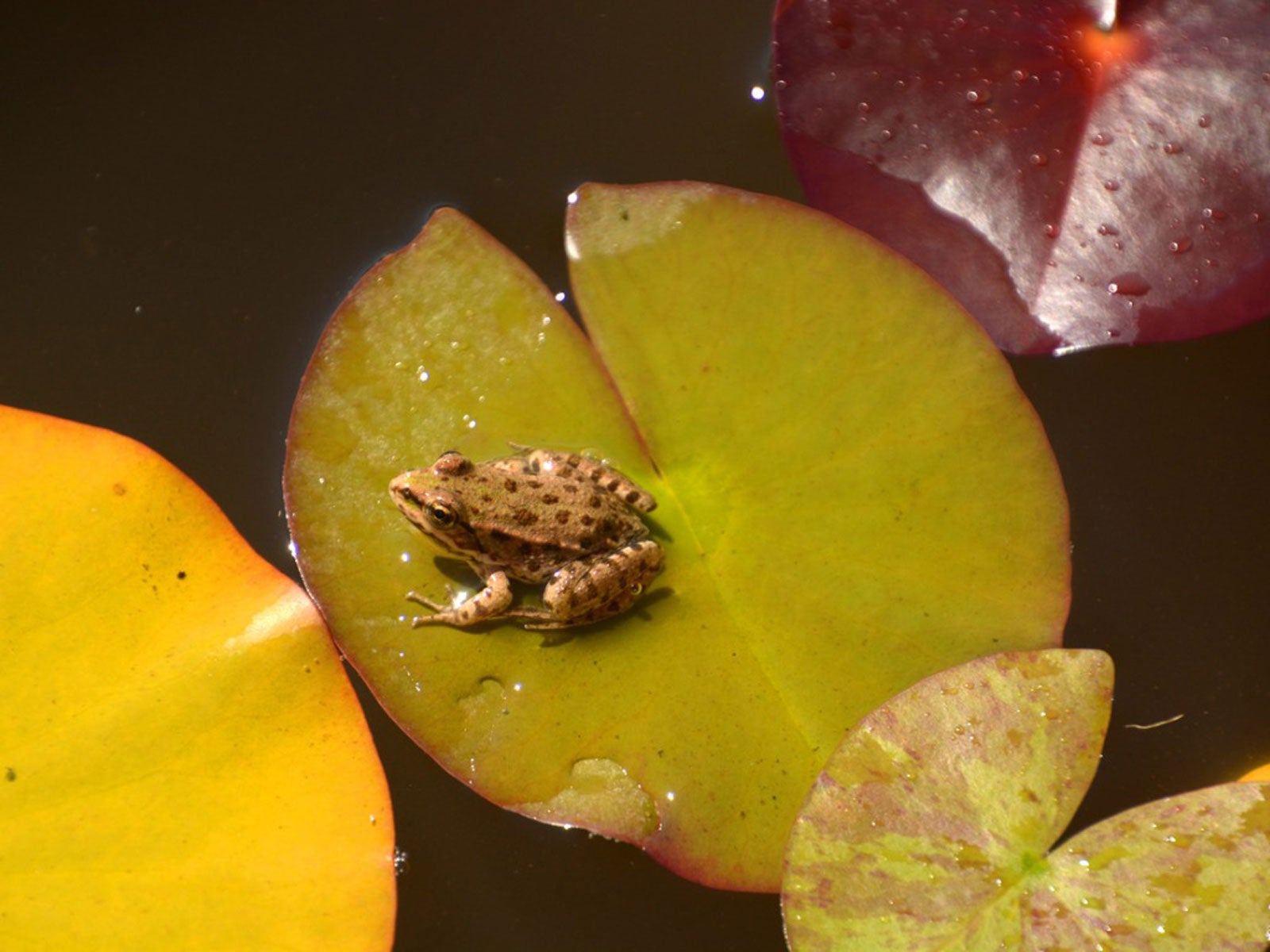

What do you do if your water lily has red leaves? Usually, the answer is simple, and the health of the plant isn’t affected. Read on to learn more about red leaves on water lilies.
About Water Lilies
Water lilies are low maintenance plants that grow in shallow, freshwater ponds and lakes in tropical and temperate climates. They can also be grown in buckets or large aquariums. The rounded leaves appear to float on the surface of the water, but they actually grow atop long stalks that extend to roots in the soil at the bottom of the pond.
The plants are peaceful and colorful, but water lilies also serve several important functions in the environment. They provide shade that helps cool the water and keeps fish healthier. The waxy leaves provide shelter for fish and a place for frogs to rest where they are protected from predators lurking underwater. Delicate water lily blooms attract dragonflies and butterflies.
What Causes Red Water Lily Leaves?
Is your water lily turning red? Sometimes, chilly temperatures can cause red leaves on water lilies. If this is the case, the leaves will fade back to green when the weather warms up.
Water lily species vary in color and some have a natural purplish or dark red pigmentation.
Some species, including the hardy European white water lily (Nymphaea alba), display reddish leaves when the plants are young, turning bright green with maturity. Tropical night blooming water lily (Nymphaea omarana) has big, bronzy red leaves.
Water lily leaves may turn brownish if the water is too shallow and the leaves dry out. Generally, the leaves regain their greenish color when the water is at the correct depth. Water lilies prefer a depth of 18 to 30 inches (46-76 cm.), with 10 to 18 inches (25-46 cm.) of water above the roots.
Gardening tips, videos, info and more delivered right to your inbox!
Sign up for the Gardening Know How newsletter today and receive a free copy of our e-book "How to Grow Delicious Tomatoes".
Water lily leaf spot is a disease that causes concentric reddish spots on the leaves. The leaves will eventually rot and may give the plant an unsightly appearance, but the disease usually isn’t fatal. Just remove affected leaves as soon as they appear.

A Credentialed Garden Writer, Mary H. Dyer was with Gardening Know How in the very beginning, publishing articles as early as 2007.
-
 Moody Blooms For Spring: 8 Types Of Black Flowers To Add Drama To Spring Displays
Moody Blooms For Spring: 8 Types Of Black Flowers To Add Drama To Spring DisplaysFrom midnight burgundies to inky violets, several types of black flowers can enrich and embolden a spring display. Try these brooding bloomers for a moody garden
By Tonya Barnett
-
 Can Snake Plants Live Outside? Everything You Need To Know For Snake Plants Al Fresco
Can Snake Plants Live Outside? Everything You Need To Know For Snake Plants Al FrescoSnake plants can live outside given the right conditions, but be careful that they don't take over! Learn the best way to use snake plants in your landscape.
By Mary Ellen Ellis
-
 Growing The Victoria Amazonica Giant Water Lily
Growing The Victoria Amazonica Giant Water LilyRead about the fascinating Amazonica water lily named for Queen Victoria, whose leaves can stretch as wide as 6 feet.
By Teo Spengler
-
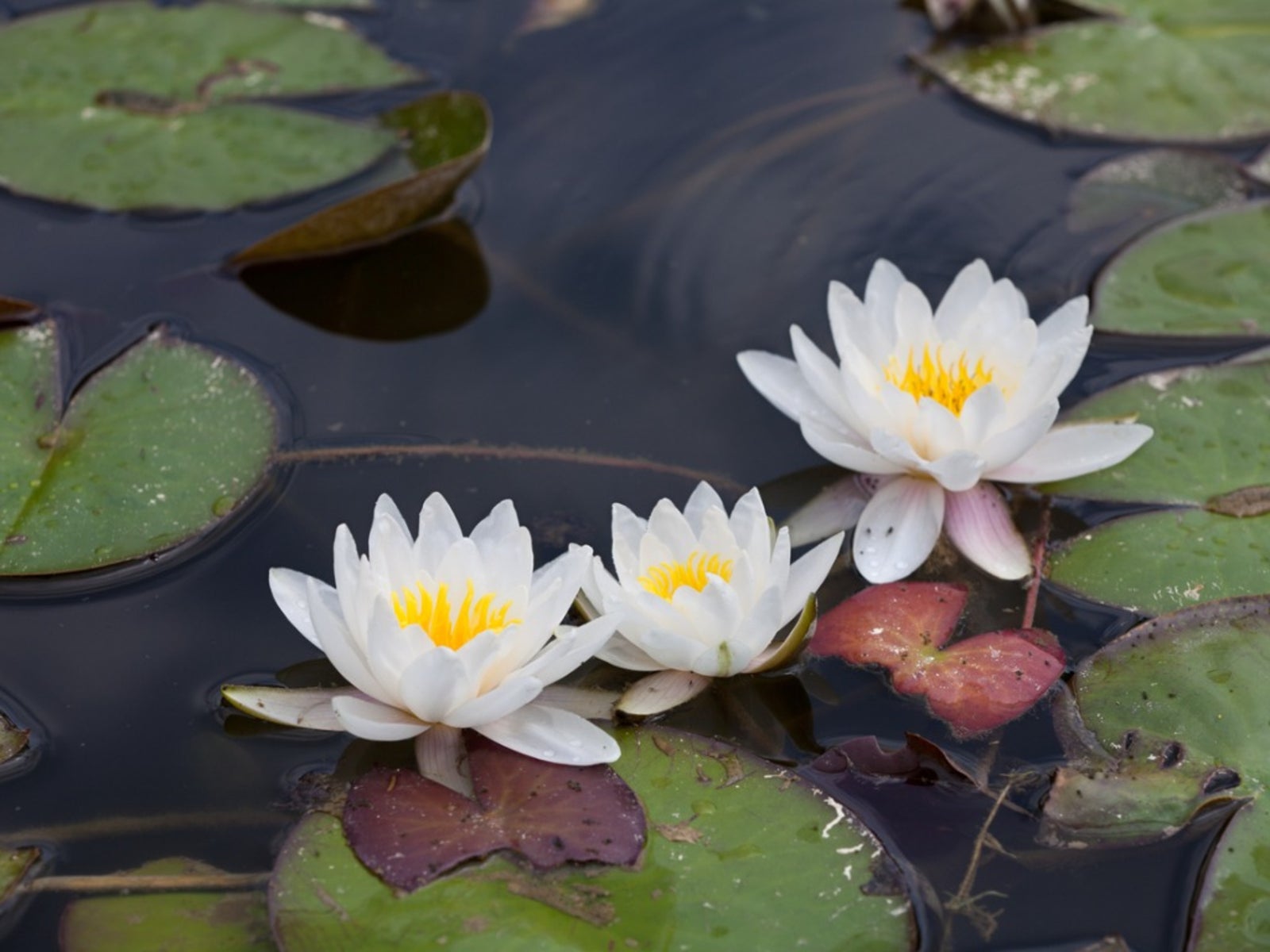 Water Lily Problems – Water Lily Pests And Diseases
Water Lily Problems – Water Lily Pests And DiseasesEven with good care, water lily pests and diseases may become an issue. These are the most common issues and what to do about them.
By Mary Ellen Ellis
-
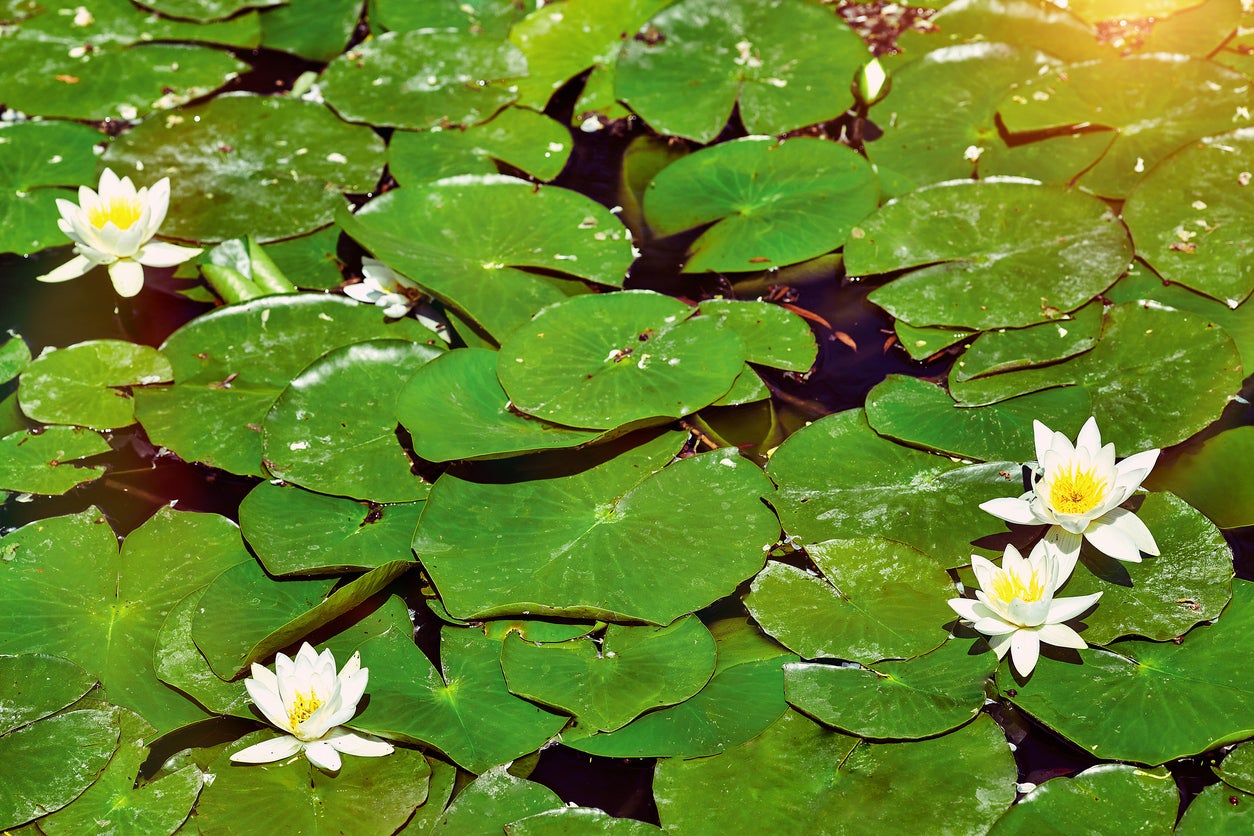 Water Lily Weed Control: Learn About Water Lily Management In Ponds
Water Lily Weed Control: Learn About Water Lily Management In PondsAquatic plants, such as the water lily, serve many purposes. In addition to creating oxygen, aquatic plants provide necessary habitat for wildlife. However, controlling water lilies (and other plants) is especially important when plant cover becomes too thick. Learn more here.
By Tonya Barnett
-
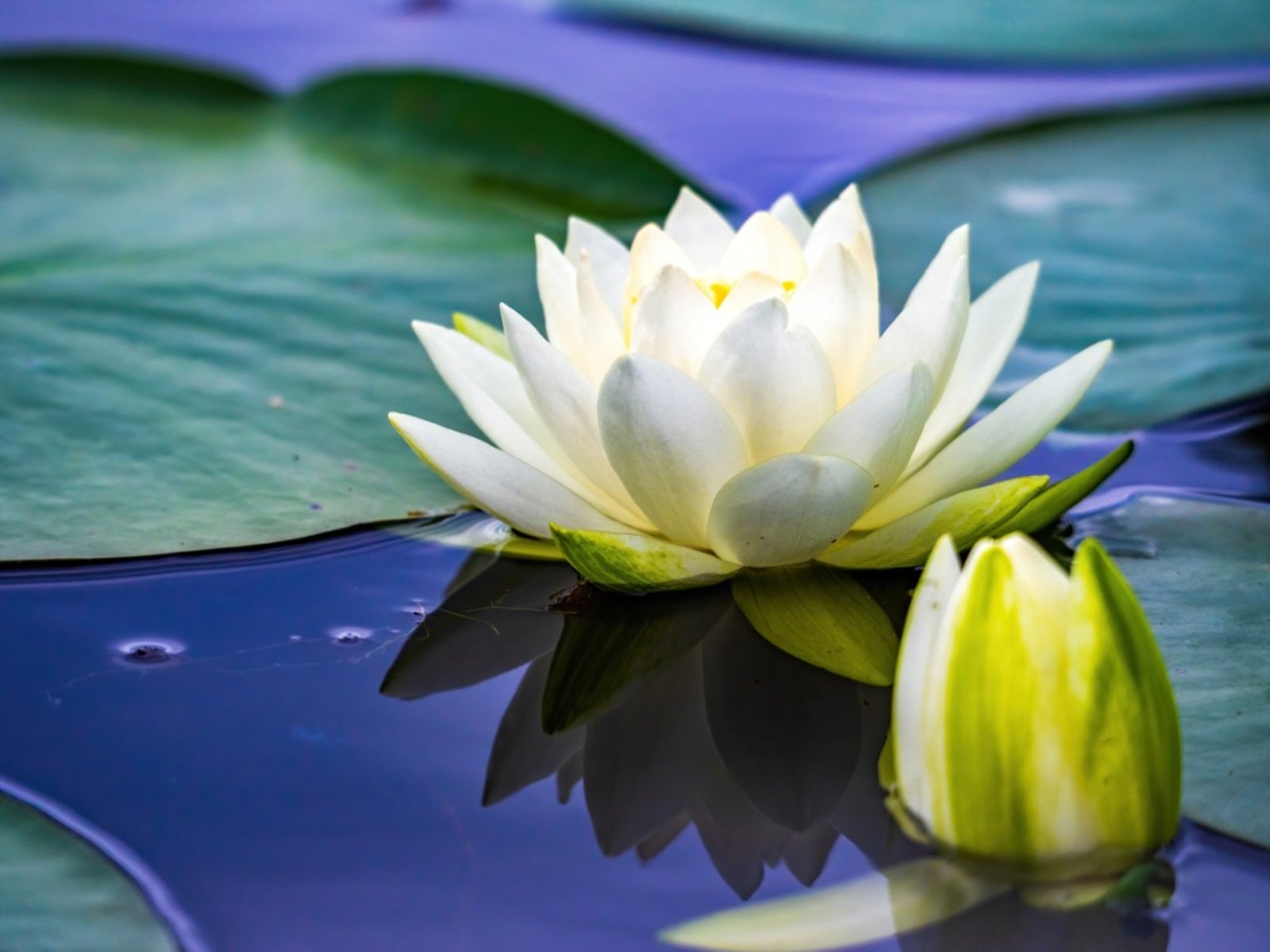 Care Of Water Lilies: Growing Water Lilies And Water Lily Care
Care Of Water Lilies: Growing Water Lilies And Water Lily CareWater lilies are the perfect finishing touches for a garden pool or pond. Plants growing in a pond help keep the water clean and aerated, so you?ll spend less time on pond maintenance. Get growing info here.
By Jackie Carroll
-
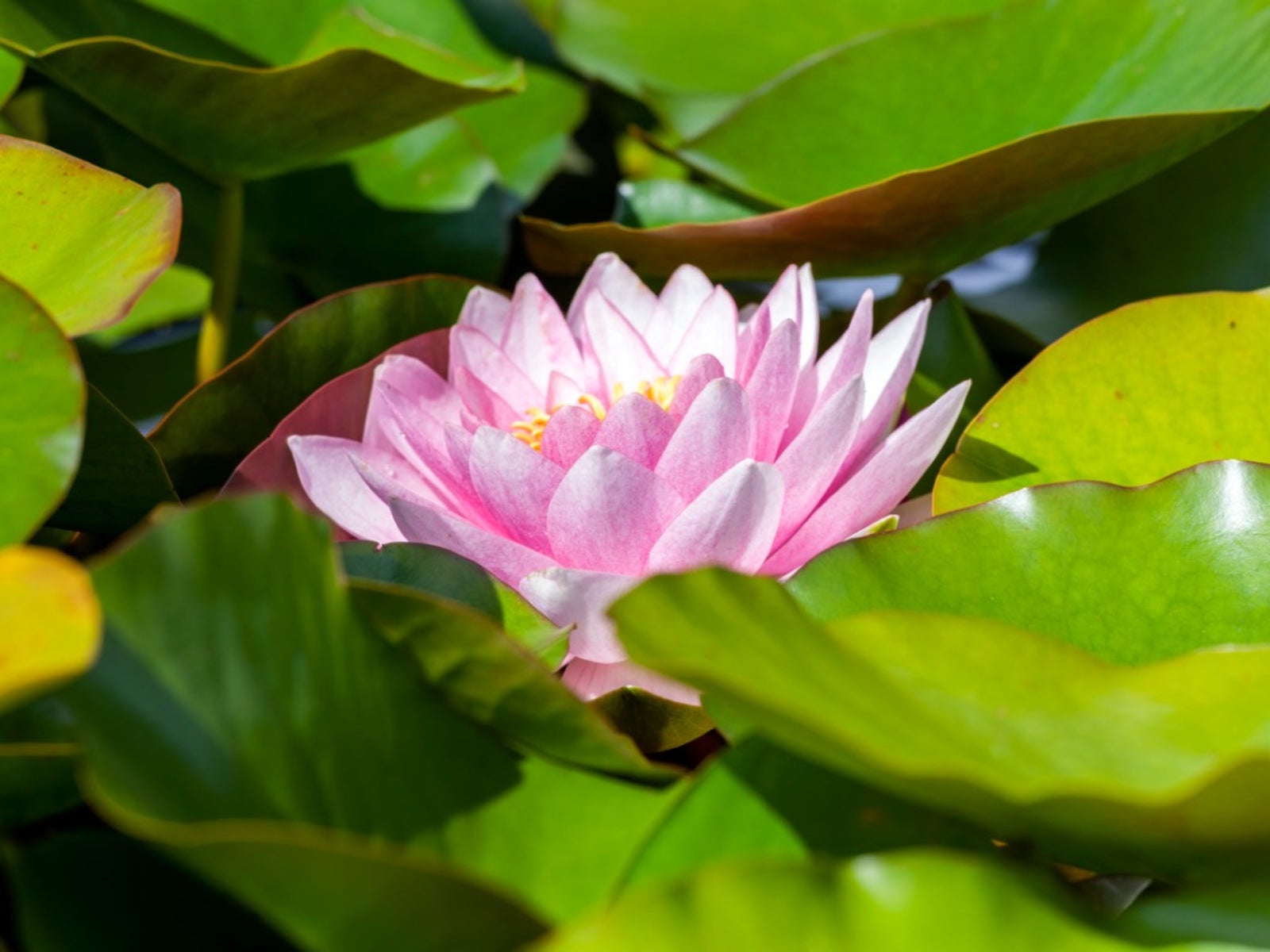 Wintering Water Lilies: How To Store Water Lilies Over Winter
Wintering Water Lilies: How To Store Water Lilies Over WinterGraceful and elegant, water lilies are a wonderful addition to any water garden. But, if your water lily is not hardy for your climate, you may be wondering how to winterize water lily plants. Learn how right here.
By Heather Rhoades